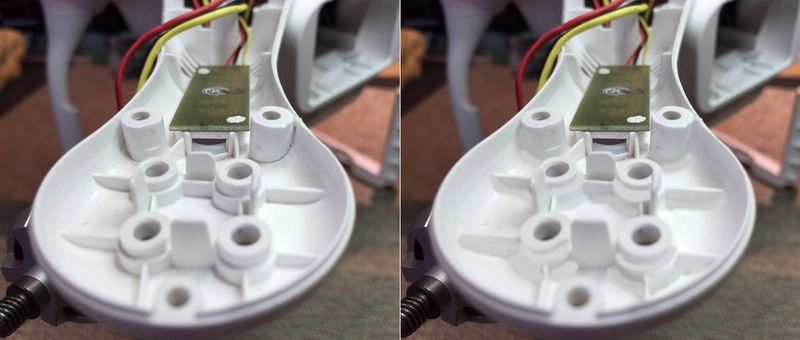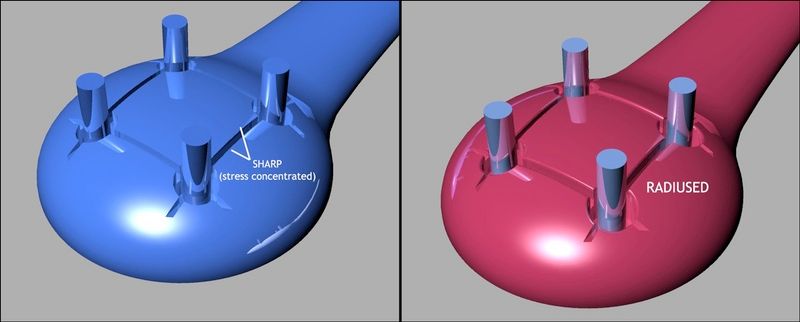How about a former plastics expert with an engineering degree in both thermoset and non-thermoset resin molding technology. Back in the early 70's I did some pioneering work for American Standard Lab's in Piscataway, NJ on photoelastic stress analysis of melamines. I then ran a Reliability Test Lab for Mattel, Inc. (toys) for four years until 1977. Lots and lots of experience with polystyrenes, vinyls, polyethelenes and many other thermoplastics, both extruded and molded. I was involved with resolving many cracking issues including on one ill conceived wind up airplane toy (the ZipCord Fighter). Every kid who got one of those on Christmas morning had it shatter to pieces the first time it hit the ground at 20F or less.
Anyway...there are many factors which can cause stress related cracking in molded plastics, including of course residual stress from the molding process itself. Another very important factor is how much regrind (now called recycled) plastic was used along with virgin resin. Often regrind varies greatly (and badly) in composition. Bad regrind equals trouble. And it's intermittent and variable trouble, the worst kind.
To your point about temperature and that you believe the temp's you recorded would not be a problem. It would be. Or at least a strong could be. All plastics contain plasticizers, that's the ''new car" smell we all love, poisonous plasticizers. These naturally exude from plastic and heat greatly accelerates the process. The more these plasticizers are lost the less 'plastic' the plastic becomes, i.e. the more brittle it becomes. Ever see a cracked knob in a car, or a split dashboard? Lost plasticizer. So any heat at all is bad, the more the badder.









